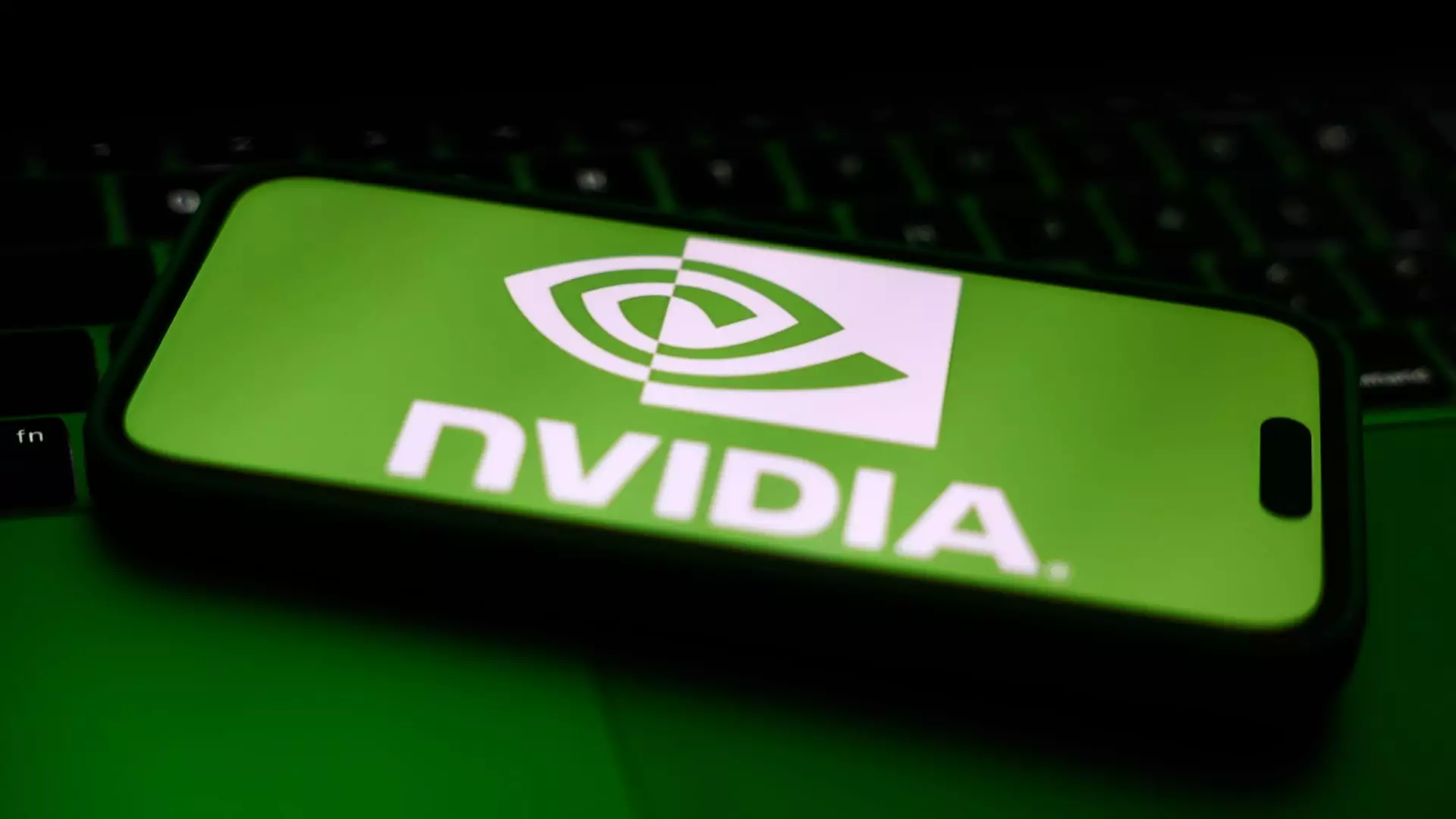As the tech world spins on a precarious axis of innovation and regulation, Nvidia finds itself at a turbulent juncture. The impending launch of a new artificial intelligence chipset for the Chinese market, priced significantly lower than its predecessors, epitomizes the challenges and ethical dilemmas tech giants face when navigating geopolitics. Slated for mass production as early as June, this new GPU, part of the Blackwell architecture series, is a strategic pivot intended to keep Nvidia relevant in one of its largest markets—a move fueled by necessity amidst restrictive U.S. export policies.
At the heart of this decision lies a haunting irony: to compete, Nvidia must scale back. Marketing the new chipset at a price point of $6,500 to $8,000—compared to the pricier H20 model, which reached $10,000 to $12,000—suggests that the product is hedging its bets on value over capability. While one can argue that this democratization of technology could foster increased access to AI tools, it nonetheless signifies a troubling trend where profit motives overshadow technological integrity. In the race to capture financial gains, fundamental performance metrics take a backseat.
U.S. Regulations: A Double-Edged Sword
The impact of U.S. export restrictions cannot be overstated. Nvidia stands at a crossroads, contending with directives that actively limit its scope within significant markets. With China accounting for approximately 13% of Nvidia’s sales in the last financial year, the repercussions of the H20 ban were severe. Notably, the company was forced to write off a staggering $5.5 billion in inventory and forfeit an estimated $15 billion in prospective sales. This stark reality underscores how intertwined innovation is with regulatory landscapes—especially when it comes to high-stakes markets like China’s $50 billion data center industry.
Nvidia’s CEO Jensen Huang’s announcement, highlighting a shifting production focus to the less advanced Blackwell architecture, reinforces this sentiment. The lack of flexibility in modifying existing architectures due to rigorous restrictions feels like trading a streamlined sports car for a modest, gas-efficient sedan. This may sustain the company through turbulent times, but at what cost? The innovation landscape becomes stunted, breeding an atmosphere rife with mediocrity defined by compliance rather than excellence.
Is It Worth Compromising Performance?
Whether Nvidia’s strategy of releasing an underwhelming chipset is a tactical win or an act of desperation remains to be seen. After all, companies like Huawei are poised to capitalize on Nvidia’s misfortunes. Huawei’s Ascend 910B chips are growing in prominence, illustrating how swiftly the balance of power can shift in the technology sector. If U.S. restrictions persist, customers previously loyal to Nvidia may very well migrate to Huawei’s offerings. The irony of a homegrown competitor flourishing in the shadow of one of the world’s most influential tech companies highlights the broader implications of geopolitical tensions on innovation.
Furthermore, the performance specifications of the upcoming chipset indicate a troubling trend: Nvidia appears to be skirting the cutting-edge capabilities that defined its past successes. By opting for conventional GDDR7 memory instead of advanced high-bandwidth memory, the anticipated chip will struggle to maintain competitive performance benchmarks. Estimates suggest that this device will deliver around 1.7 terabytes per second of memory bandwidth, well shy of the H20’s robust 4 terabytes. This detour into conservatism raises questions about whether the lopsided pricing model can justify stagnant technological advancement.
The Future of AI: Innovation at Risk?
The calculations at play in Nvidia’s strategic adjustments reveal a stark truth; the quest for financial viability could potentially jeopardize the pace of innovation. As firms like Nvidia navigate these treacherous waters of compliance and market demand, generations of technological advancements may serve as collateral damage. As they chase short-term gains, the broader narrative of AI technology may devolve into a race governed by restrictions rather than revolutionary breakthroughs.
In an era defined by digital transformation, the continued erosion of technological capabilities in the name of compliance poses existential questions about the future of AI. If major players can’t innovate due to regulatory constraints, groundbreaking developments could shift from the hands of American firms into the arms of competitors unfettered by the same limitations. In this high-stakes environment, the pursuit of compliance over creativity may prove to be both a short-sighted strategy and a disservice to the very innovation landscape Nvidia once dominated. What remains to be seen is whether Nvidia will pivot decisively back toward innovation or further enfold itself within the shackles of compliance.


Leave a Reply